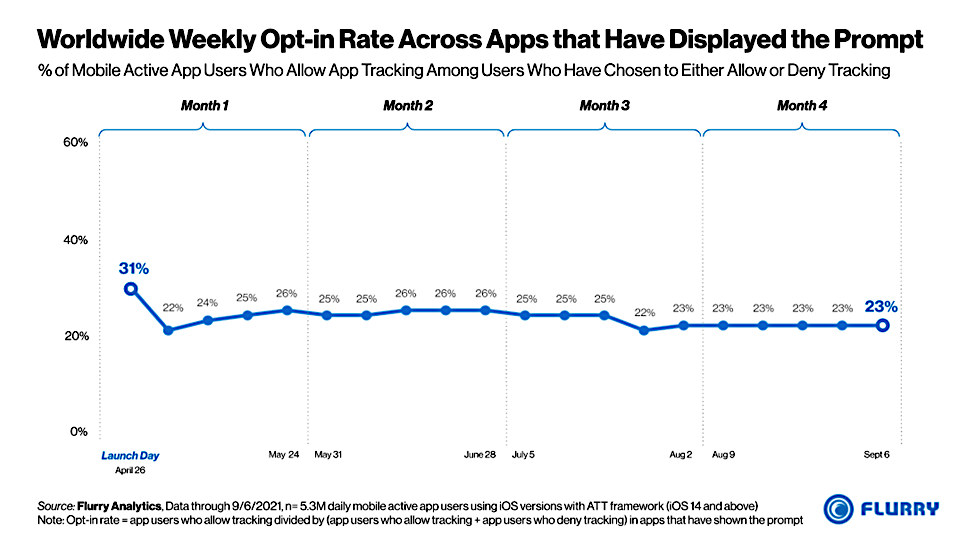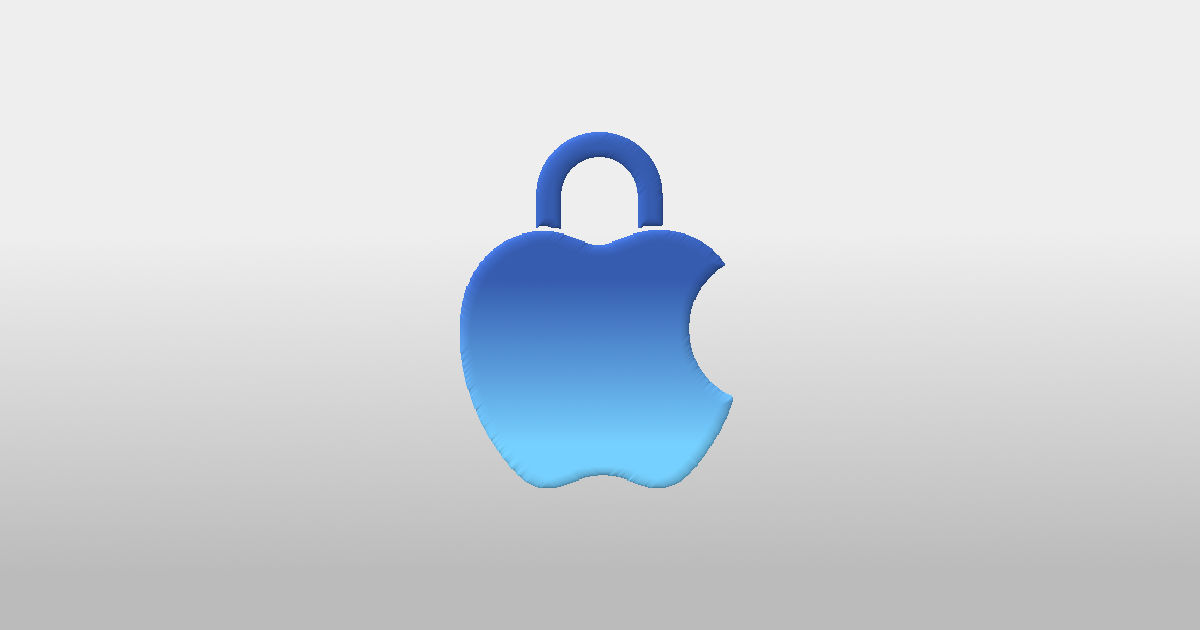How Social Media Advertisers are Adjusting to Greater Privacy Provided by Cell Phones
Facebook and Google, the world’s most envied data harvesters, along with other tech companies, are beginning to feel the effects of the change in Apple’s iOS system. During the spring, Apple updated their iOS to not automatically share data in apps unless the user opted in. Four months have passed since the rollout and tech companies and their advertisers are beginning to understand the impact of the change.
A major challenge prompted by Apple’s privacy move is whether a specific purchase of a product can be tied to a customer seeing an ad on the media outlet. At issue is determining conversion rates. Advertisers have been using this data to determine the return on ad spending. The ratio of conversions per dollar spent has been basic to advertising on social media. In fact, it is one of the big reasons social media and other tech platforms have pulled some spending away from more traditional print and broadcast. Advertisers could more accurately follow the trail from spending on an ad to how many have seen the ad, then whether a purchase stems from interaction with the ad.
The new iPhones all come with the operating system. According to Flurry, an app analytics company, the opt-in rate allowing tracking is less than 25%. According to Counterpoint, Apple accounted for 14.3% of phone sales in 2021 through June.

The challenge now for all ad platforms is that they are not as easily able to prove full benefit to advertisement purchasers. For the percentage of users that are continuing to opt-out of tracking, their information is unavailable or becomes a statistical “guess.” Put another way, they are virtually invisible to companies like Snapchat, TikTok, Pinterest, et al. In effect, it is no different from advertising dollars spent on print (magazines, newspapers, billboards, direct mail) and broadcast (television, radio).
As the biggest name in this type of advertising, Facebook/Instagram had an additional glitch with their count. It specifically caused a “Bug” that was recognized in August. Facebook said it was corrected last week. Part of the solution is to use statistical modeling to estimate activity. Facebook noted on their bug page:
| “With this update, statistical modeling will be used to estimate associated values of additional modeled conversions where events cannot be observed directly (for example, where conversion data may be partial or missing due to data transmission limitations). As a result, you may see an increase in reported conversion values and other associated metrics like [Return on Ad Spend.] This update should help our bidding system learn from more representative data, which should then lead to more efficient performance.” |
Estimates and statistical modeling by their very nature provide less information for advertisers to go on. This does not serve the digital media companies’ business well. In some cases, Facebook is working directly with brands to test programs that analyze pools of purchase data from a brand. The pools don’t provide data on individuals, it then reports average return on ad spend.
Take-Away
There is an information gap that is growing between advertisers on social media platforms including other big tech and how successful those ads are performing. Determining results is less apt to be a direct measurement and more a statistical model’s results. Individual data, in particular, is harder to come as data batching is used more.
Suggested Reading:
 Could $Hood Survive if PFOF Goes POOF?
|
 Your Data is Used to Generate Big Returns
|
 How Fast are People Cutting the Cord
|
 Digital Media and Entertainment Industry Outlook
|
Sources:
https://www.flurry.com/blog/ios-14-5-opt-in-rate-idfa-app-tracking-transparency-weekly/
https://www.youtube.com/watch?v=Ihw_Al4RNno
https://www.cnn.com/2021/04/26/tech/apple-tracking-transparency-feature/index.html
https://www.counterpointresearch.com/xiaomi-becomes-1-smartphone-brand-globally-first-time-ever/
Stay up to date. Follow us:

|
